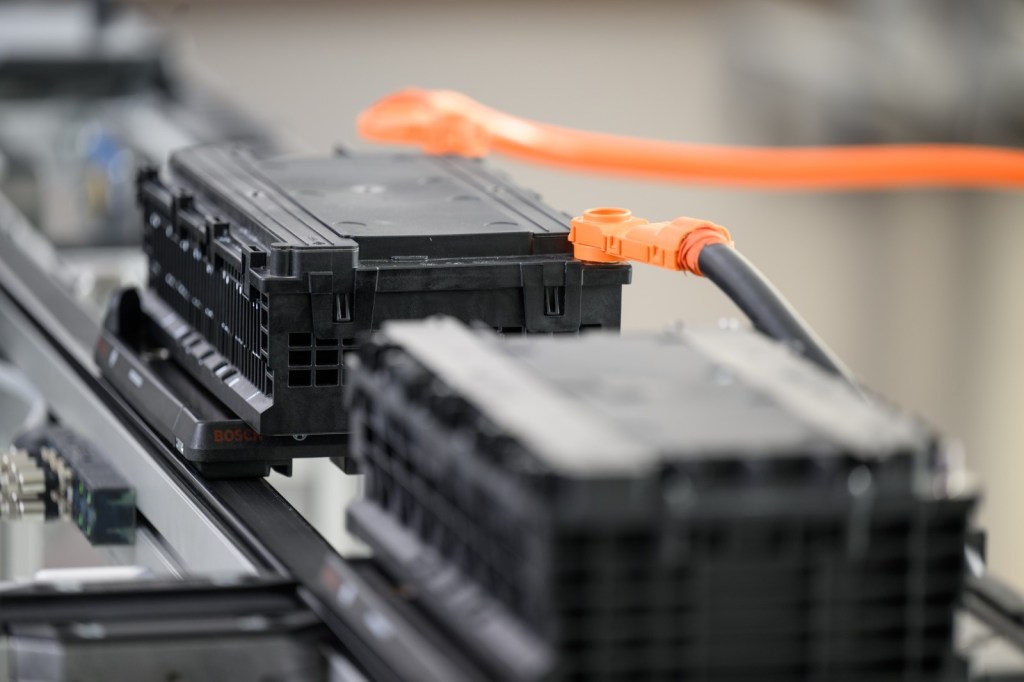Impulse Space, a pioneering space logistics company, has announced an ambitious initiative to transport substantial cargo loads to the lunar surface, aiming to commence operations as early as 2028. This strategic move seeks to address a significant gap in the current market for mid-sized lunar deliveries, offering a solution for payloads that are too large for existing landers under NASA’s Commercial Lunar Payload Services (CLPS) program and too small for the forthcoming human-rated landers being developed by industry giants like SpaceX and Blue Origin.
Bridging the Lunar Logistics Gap
Founded by Tom Mueller, the former head of propulsion at SpaceX, Impulse Space is leveraging its extensive expertise in spacecraft engine development to introduce a new lunar lander paired with its high-energy kick stage, known as Helios. This combination is designed to transport up to 6 tons of payload to the Moon across two missions annually, all without the need for on-orbit refueling. The targeted payload range of approximately 0.5 to 13 tons encompasses a variety of critical lunar infrastructure components, including rovers, habitat modules, power generators, communication systems, and lunar terrain vehicles.
Innovative Mission Architecture
The proposed mission architecture involves launching the lander and Helios kick stage aboard a standard rocket, deploying them into low Earth orbit. From there, Helios will propel the lander to low lunar orbit within seven days. Upon reaching this orbit, the two vehicles will separate, allowing the lander to descend to the lunar surface. This streamlined approach is designed to enhance efficiency and reduce costs associated with lunar cargo delivery.
Advancements in Propulsion Technology
Impulse Space is currently developing the lunar lander engine, utilizing the same fuel combination as the Saiph thrusters employed on the company’s smaller spacecraft, Mira. This continuity in propulsion technology underscores the company’s commitment to reliability and performance. The Helios kick stage is already well into development, with its inaugural flight scheduled for late 2026. The company anticipates operating Helios multiple times per year by 2028, marking a significant milestone in its operational capabilities.
Addressing Technical Challenges
Despite the promising outlook, the development of a lunar lander engine presents several technical challenges. The engine must be throttleable, capable of restarting, and possess a high specific impulse to ensure precise control in the vacuum of space. Impulse Space acknowledges these challenges and remains prepared to adapt its plans based on industry demand and interest. Successfully overcoming these hurdles could revolutionize lunar delivery schedules and significantly contribute to the establishment of a sustainable lunar economy.
Strategic Positioning in the Space Industry
Impulse Space’s initiative to deliver substantial cargo loads to the Moon positions the company as a key player in the evolving space industry. By addressing the logistical challenges associated with mid-sized lunar payloads, the company is poised to play a pivotal role in supporting future lunar missions and the broader goal of space exploration and colonization.



